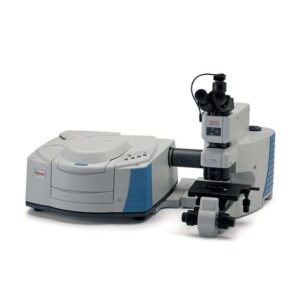
Energy Dispersive Spectroscopy is like getting a fingerprint on your electronic component failure root cause.
So you’re having a problem with a printed circuit board assembly (PCBA). You’ve done all you can to narrow down the failure site, but you’re at the limit of the capabilities your equipment has available to you. What do you do now?
You see it, there’s something on your assembly that shouldn’t be there. Maybe it’s only one return that has the problem. If it’s a household product, you can probably ignore it. But if it’s in a critical market (aerospace, medical, automotive, etc.), your customer wants to know what it is, and how you’re going to prevent it from occurring again.
Or it could be that you’ve seen several of these failures recently and you need to know the level of your company’s exposure/risk or your customer is demanding immediate containment and a long-term fix.
Diagnosing the Problem Using Energy Dispersive Spectroscopy
With EDS (Energy Dispersive Spectroscopy) you can determine if the contaminant is organic or not, and what elements are present. This in itself can often help point to the source of the problem, but it’s an organic material, you should continue with the analysis using FTIR (Fourier Transform InfraRed).
By submitting the sample to a spectrum of the IR band and monitoring the frequencies that are absorbed and those that are reflected, a “fingerprint” of the sample can be obtained.
This technique has been around for decades and a vast library of “fingerprints” has been collected. An electronic failure analysis lab will have access to this library and can match your sample’s fingerprint to it. Thereby, determining its chemical composition.
Suppose it comes back as a flux, but your company uses three different types of fluxes. By submitting samples of the three fluxes to an electronic failure analysis company, their fingerprints can be compared to the original sample and the culprit identified.
You now possess the data you need to resolve the issue successfully. As a bonus, any good failure analysis report will provide the logical step-by-step details to support your conclusion, leading your customer to the same conclusion you arrived at.
Using a well-reputed third-party lab gives your customer confidence in the analysis because the data is unbiased.






